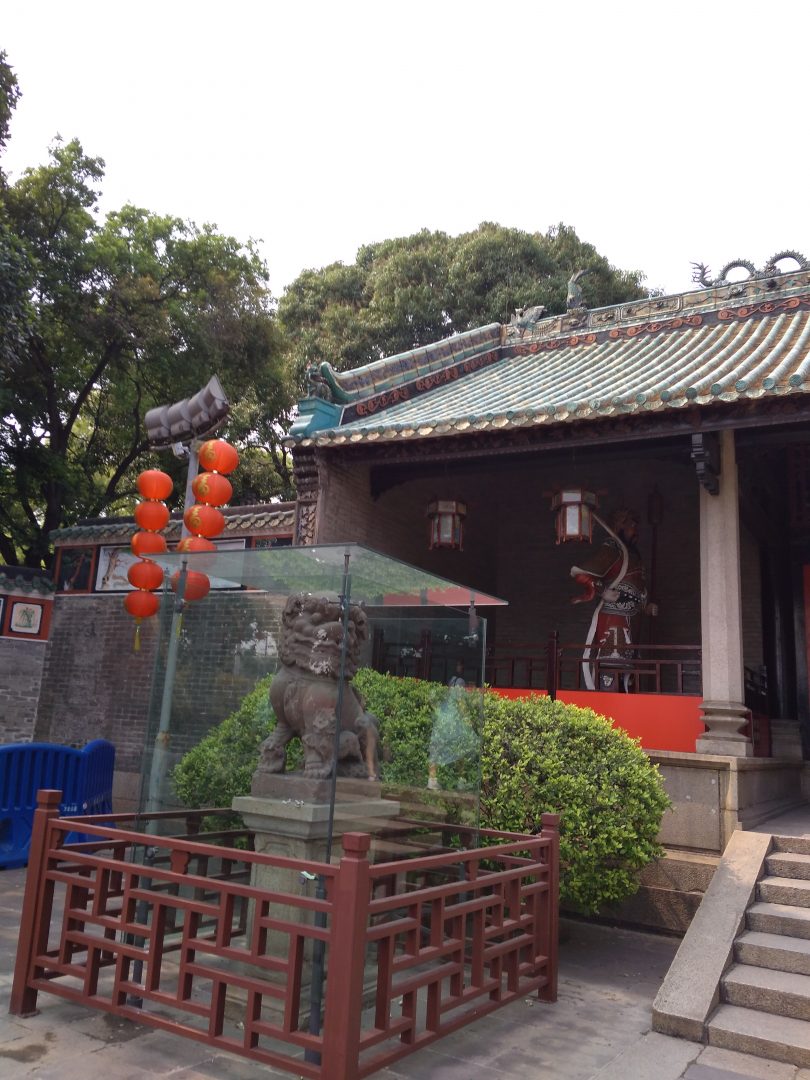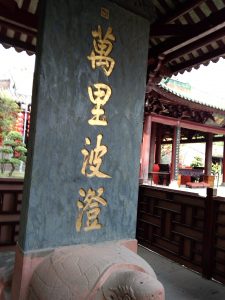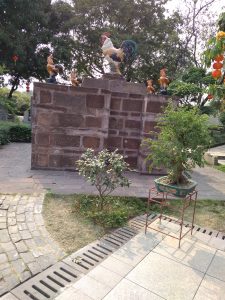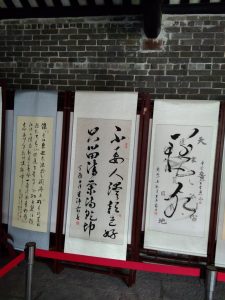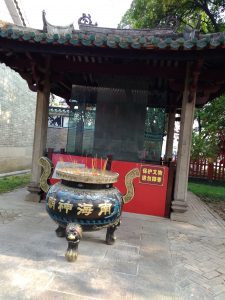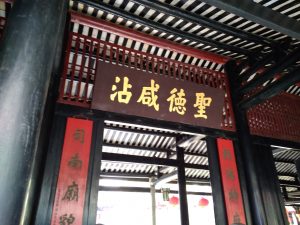Let’s not destroy the patrimony in a rush to construct
By: Daniel Otero
First, I’ll start with the positives…
Nanhai God Temple is something which can evoke spiritual pleasure and style.
One of the oldest temples in Southern China, located in Guangzhou’s Huangpu District, holds 14 centuries of history. Near the flowing and snaking Pearl River Delta. Covered with artifacts from the Song, through the Ming and Qing Dynasties.
The Temple in itself is stylish and gorgeously decorated. Between the brick-layered trims, several trees which can easily date back several hundred years and red lanterns decorate–glorifying Chinese traditions.
The Nanhai Temple is actually quite easy to find. It is one of the best gems in this area encrusted with the over-construction and present expansion of Chinese society.
It’s not really off the beaten track, but right-smack in the center of a country in a rush to develop as fast as it can.
To enter, the Temple it’s at a cost of 10 yuan most days and 20 yuan for holidays and Buddhist celebrations. Not bad, for a brisk walk that will take at least 90 minutes throughout the perimeter.
Lovely, indeed…
To begin, Nanhai Temple holds to the attraction of stone-lions covered in glass (for their protection, of course) at the entrance. Once inside, there’s the sweet-aroma of burning incense!
Large stones with bonzai trees decorate this Rooster garden of sorts. And inside there are the artworks in calligraphy and stone tablets going back hundreds of years.
Different parts of the inner temple hold for prayer and meditation to the Buddha of your preference. Which is peaceful, indeed.
However, on the day I literally landed here, the area was covered in dust from the concrete, roadsides and underdeveloped portions around all four corners of the Temple. There wasn’t even a sign in Chinese or English making reference to this tourist site. You just had to guess your way around and ask. And yes, the metro station’s name is Nanhai God Temple and it just indicates exit C2 for the Temple. After that, once outside the metro station, then take an immediate left and it’s about 200 meters down the road. But in my case, even when I addressed my intention of going to the Temple, I was sent by the locals on a 30-minute ‘wild-goose chase’ further down the road. In the end, I had to figure it all out by myself!
I wanted to bask in the contemplation of this Temple’s glorious-beauty. I wanted silence, whether to pray or meditate. However, that day, it was choking with noise: with the construction machines and a helicopter overhead which literally suffocated and made it impossible to find true solace in this place.
And that’s what I find sometimes confusing in an ancient society. In the quest to expand rapidly, many patrimonial sites are ‘buried’ around in rubbish, with disgusting smells and are hard to find.
This hasn’t been my first experience. I’ve seen it before, in the process of desperate and uncontrolled building.
Consider the future of your ancient patrimonial sites or the people will be destroying them in a rapid maneuver to build, and history will end in a heap of garbage.
I’ve seen this happen often in other cities like: Nanjing, Hong Kong and now Guangzhou.
Development is okay, but it’s important to rescue history first, before it’s lost forever.

